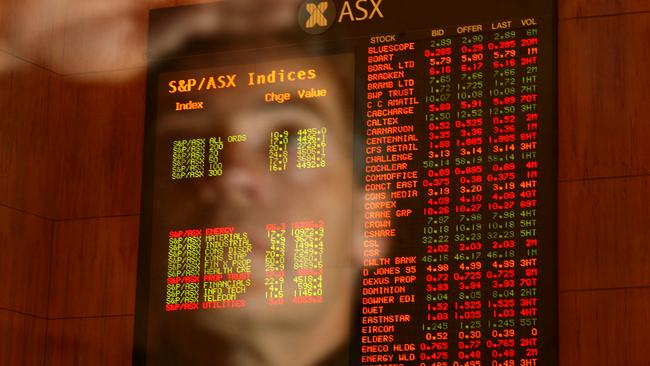Costs, prices loom large over mining’s reporting season but value remains
Mining stocks have been badly beaten down since April, but the full impact of rising costs and skills shortages will be laid bare this week as reporting season kicks off.

Mining’s bull run is firmly in the rear-view mirror for many investors and, with quarterly reporting season kicking off in earnest on Monday, analysts are expecting cost inflation to be the dominant theme for the rest of the month.
The ASX300 metals and mining index is down 26 per cent for the year, and a whopping 71 per cent off its late April peak, with gold companies firmly on the nose. The All Ordinaries gold index is down 44 per cent in 2022, and is 86.7 per cent off its high mark – also in April.
But, despite Australian mid-tier gold miners having so far been the most open about the impact of skills and labour shortages on their operations, and about cost inflation, as RBC Capital Markets analysts noted on Friday, the picture for the industry is perhaps not as terrible as that.
“The price of gold has fallen around 6 per cent, year to date, but in Australian terms it is roughly flat. Yet our gold stock coverage is down an average of 27 per cent,” RBC analyst Kaan Peker said in a client note last week.
“Market expectations of margin compression are unlikely to be driven by lower revenue; this leaves industry-wide rising costs as the apparent negative shock.”
Despite the cost environment, however, Mr Peker noted that gold miners without major capital spending requirements were likely to see good free cash flow yields from operations, leading to solid earnings for many.
UBS analyst Lachlan Shaw said the gold reporting season was likely to disappoint investors, however, with a poor start to the year meaning some majors – most notably Newcrest – needed a sterling June quarter.
“With weak starts to the 2022 financial year, pressure has built into the June quarter, with up to 30 per cent quarter-on-quarter improvements required to get to the low end of guidance,” Mr Shaw said in a client note.
“Risks have increased through the year: tight labour markets, supply chains and inflation rates of 10 to 15 per cent and the lifting of Covid border controls in March only exacerbating problems, not improving them.”
Mr Peker said RBC was factoring in a 9 per cent increase in costs, in average, across the mining sector, but noted that rising input costs might be at least partly offset by revenue boosts from the stronger US dollar, with production figures likely to be “OK”.
“Gold miners typically have some discretion over grade, which can lend support to production. Further, preliminary June quarter updates suggest WA labour issues have not greatly inhibited industry production,” he said.
Tumbling prices have also taken a toll on Australian iron ore majors, as China’s economic outlook took a turn for the worse in recent weeks. But with BHP and Fortescue both expected by Macquarie analysts to hit the top end of production guidance, the outlook for the August dividend season remains strong.
“While each large-cap miner has possible negative cost drivers – the BHP corporate update in July is a risk and cost guidance update, Rio with Australian east coast smelting and FMG with Iron Bridge and FFI spend – we think the larger-cap miners are relatively well placed to deal with cost inflation,” Mr Peker said.
“While we don‘t expect a large change to corporate strategies, we expect companies may favour a more cautious near-term approach.”
While cost and production is likely to be the dominant theme for iron ore, base metals and gold miners, analyst suggest the clear winner in the coming quarterly reporting season will be coal.
Thermal coal prices are still sitting at extraordinary levels above $US400 a tonne, suggesting a bumper financial year for producers such as Whitehaven. And even though coking coal prices have tumbled from their own record levels, to sit closer to $US250 a tonne recently, pricing should be enough to underpin strong returns from coal mines.
Whitehaven is the first of the major producers to report its quarterly results on Monday and, despite Morgan Stanley analysts noting that the company needs a 15 per cent improvement on its March quarter output to achieve production guidance, all eyes will be on its cash position, given the rivers of cash flowing from its operations as a result of surging prices.
Whitehaven and Lynas both report on Monday, with BHP on Tuesday, followed by old major Northern Star Resources and Iluka Resources on Wednesday.




To join the conversation, please log in. Don't have an account? Register
Join the conversation, you are commenting as Logout